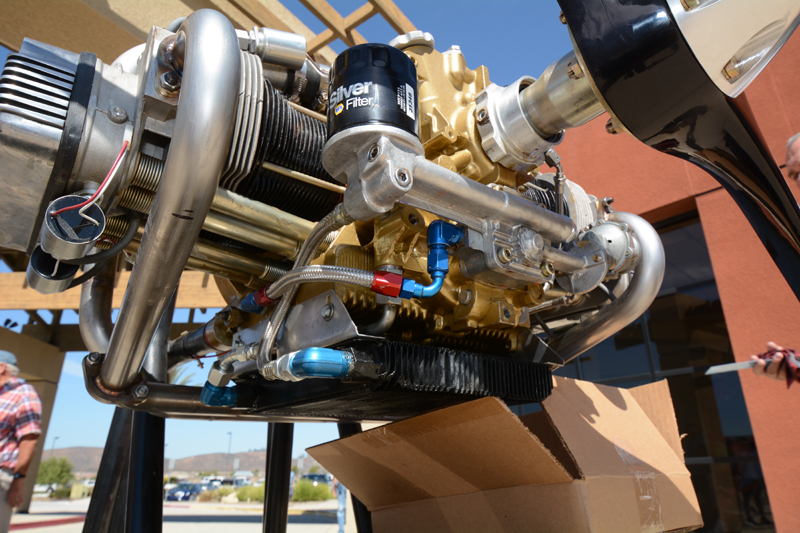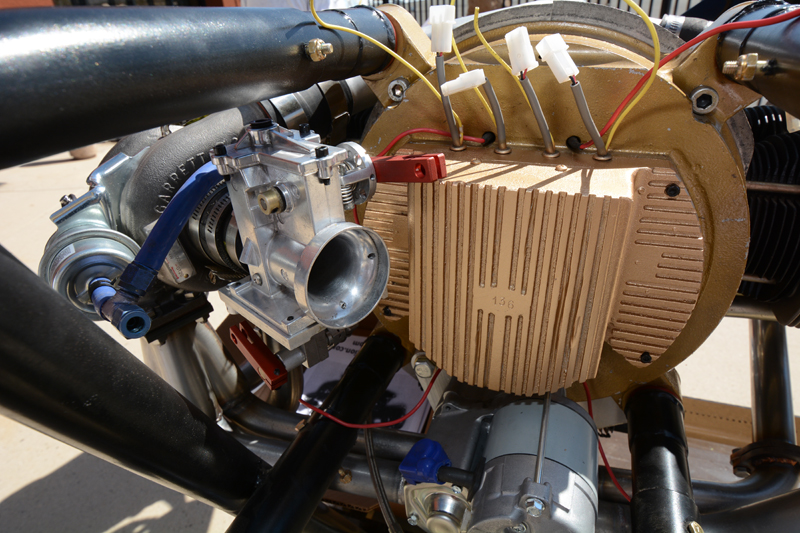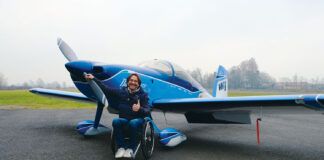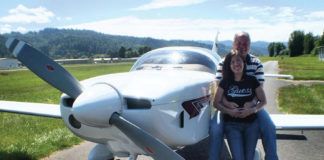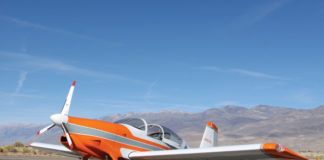Joe Horvath of Revmaster gave his usual excellent, fact-filled briefing at the Alternative Engine Conference. And as always, it was a pleasure to listen to his voice of experience; it’s clear he and his partners know what they are talking about when it comes to VW engines.
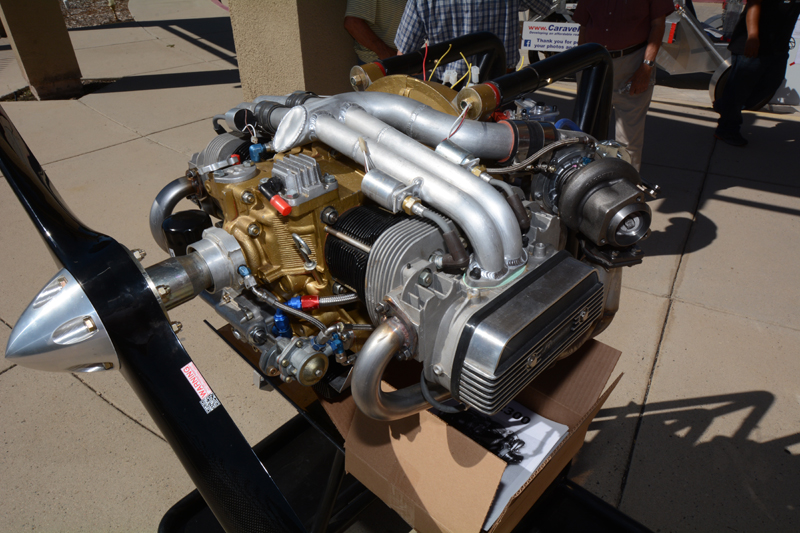
For 2015 the big Revmaster news is the turbonormalized version of their 2300 VW-based engine. Horvath’s remarks on the 2300 Turbo began with the engines leading up to the current turbo effort, meaning he started with Revmaster’s 1968 entry into the VW-based aviation engine world! Notably, the popular 2100 Revmaster was turbocharged in a few special applications back in the ’70s, these included an example which powered itself to Paraguay on a modified RF-5 motorglider. Besting 21,000 ft. to get over the Andes, that early effort, along with others, plus a lifetime hot rodding seriously fast VW-based race cars has lead to a wealth of understanding of what the turbonormalized VW engine needs in aircraft applications.
Main point of the 2300 Turbo is it originates with the ubiquitous Type 1 VW engine architecture. The magnesium case is sourced from Brazil and final machined by Revmaster in the U.S. to ensure proper main bearing alignment, lifter bore integrity and the necessary enlarged cylinder openings. The cylinder heads are Revmaster’s own aluminum castings with high-nickel alloy valve seats and stainless steel valves for valve train stability; they also feature CNC’d combustion chambers. Likewise, the unique Revmaster crankshaft boasts a larger 60 mm center main bearing, better material and finer machining to provide the expected 1,200 hour TBO.
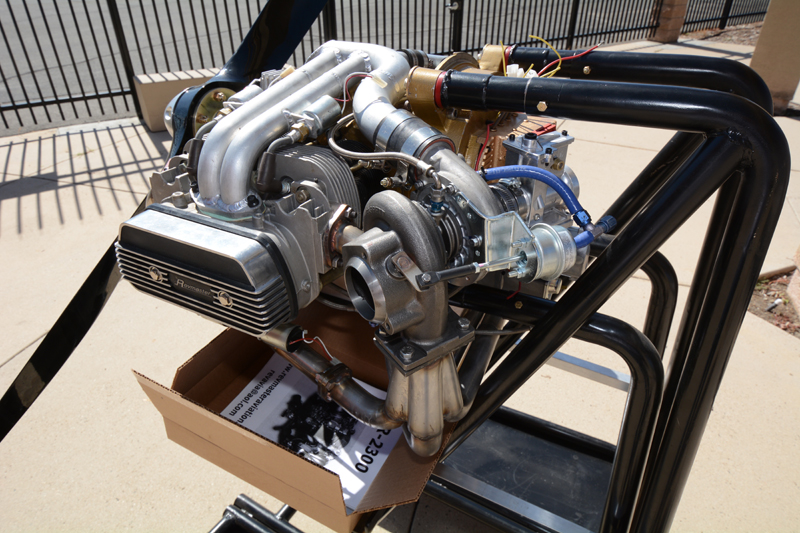
In many ways the 2300 Turbo is mechanically identical to the naturally aspirated version that’s long been available. Revmaster’s unique and cost-effective cast aluminum fourth main bearing appendage is carried over (stock VW’s are 3-main bearing engines; more than 1800cc calls for something more robust than a shrink-fit fourth main fitment). Besides extra support, the fourth main bearing casting also provides for prop governor oil to support the constant speed props Horvath believes are much better for turbo engines.
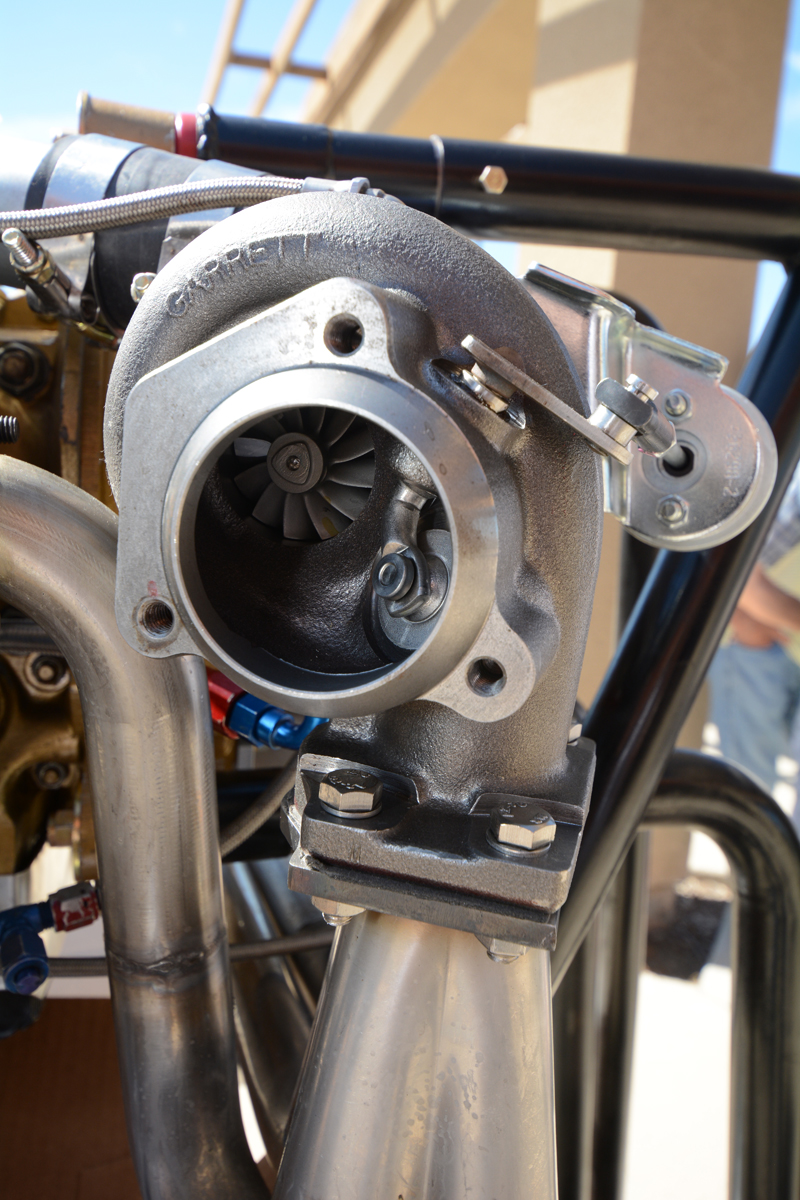
The Revmaster cylinder heads are dual plug, and the battery-less, flywheel trigger ignition system is fully redundant throughout, including a coil for each sparkplug. Timing is fixed, something Horvath is wanting to improve when he has the time to develop a movable timing plate for high altitude cruising.
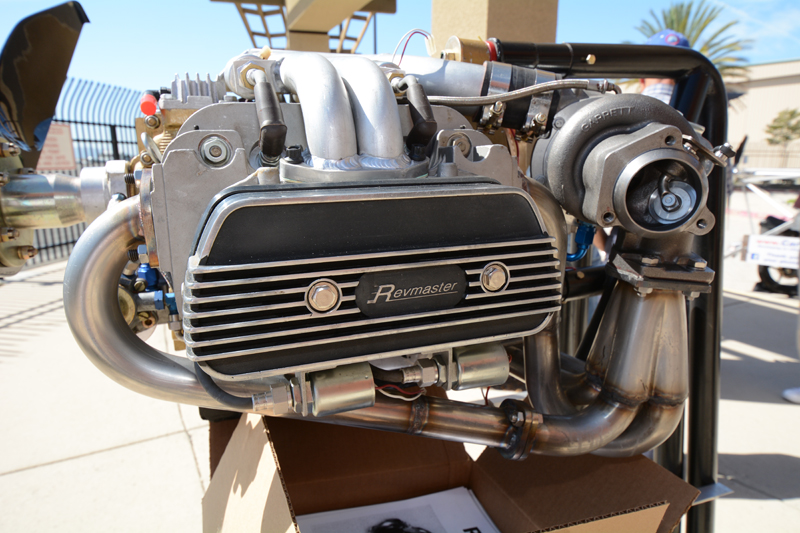
Currently finishing development and on the dyno for final tuning and verification, the 2300 Turbo should be rated at 85 to possibly 90 hp, with a critical altitude around 12,000 ft. Expect a price premium of $3,000 to $3,500 over the naturally aspirated 2300 Revmaster, along with 3-4 month lead times to delivery once an order has been placed. Horvath says the Turbo will go on sale no earlier than the spring of 2016, but will definitely be available in 2016.
